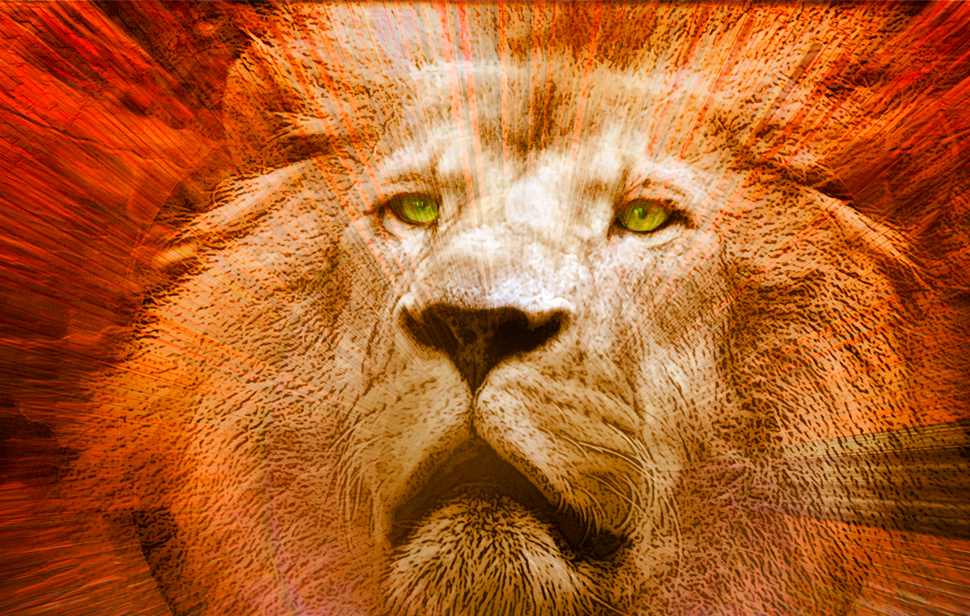
Chapter 9
Prince Caspian
Prince Caspian was the second book written, as a sequel to The Lion, The Witch, And The Wardrobe. But it’s the fourth book in Narnia’s chronological history.
Prince Caspian illustrates how an ancient story that is considered by some to be a fable may in fact be true. The story showcases the idea that just because a story is ancient doesn’t mean that it has no basis in reality. In this book, the acceptance or denial of the ancient story of Narnia will shape the heart and future of each character.
Setting. Many years have passed since the conclusion of The Lion, The Witch, And The Wardrobe, and Narnia has fallen under the cruel rule of a tyrant and his taskmasters.
Plot Summary. In earth time, it has been only a year since the four children had visited Narnia through the wardrobe. Yet in Narnian time, over 1,000 years have passed. Old Narnians still cling to the ancient story of the great lion and how he established four children on thrones as kings and queens.
A tyrant named Miraz is now on the throne. He is the leader of a race descended from human pirates who stumbled into Narnia centuries earlier. His young nephew, Prince Caspian, hears stories of Narnia’s golden age from his nanny and longs for its return. But his uncle dismisses these stories as fairy tales.
Caspian, seeking to restore the old Narnia, blows an enchanted horn, which summons the four children from earth to help. When they arrive, they see a world where their own past reign is a distant memory. Working with the young prince and the great lion, the four children overthrow Miraz and replace him with Caspian as the ruler.
Spiritual Parallels. Stories about the golden age of Narnia are denied by the tyrant Miraz and his taskmasters. Their contempt for the old stories of Narnia is directly linked to their fear of the possible return of Aslan, its sovereign lord. By contrast, when the four children return to Narnia, they recall vivid memories of their own past. A recurrent theme in this book is the contrasting denial and affirmation of the ancient stories of Narnia.
The story behind this book is evident. Many people today deny the ancient stories of the Bible. They consider the record of Jesus Christ to be a myth, a made-up series of implausible accounts that were embellished with miracles long after His death.
Within just a few decades of Jesus’ life, the apostle Peter felt compelled to put in writing his own record as an eyewitness:
We did not follow cunningly devised fables when we made known to you the power and coming of our Lord Jesus Christ, but were eyewitnesses of His majesty (2 Pet. 1:16).
The apostle said that his view of Jesus’ power and majesty were not based on invented stories but on what he saw on the Mount of Transfiguration (vv.17-18; cp. Mt. 17:1-9).
Prince Caspian illustrates different attitudes toward truths contained in an ancient but imperishable story. How individuals respond determines their destiny.





